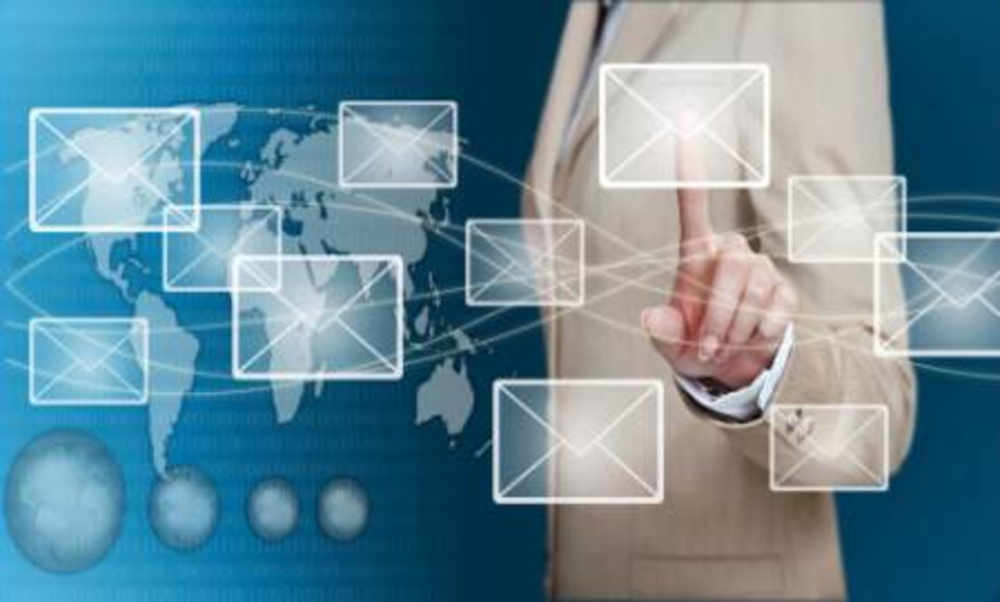While attending a panel at the MBO15 digital marketers conference earlier this year, I listened to a marketing consultant explain how media will always be changing, that marketers will be talking about another innovation years from now. He encouraged the marketers in the audience to maintain brand integrity in the face of new innovation – to accept change, but to remember their brand and why it exists.
He could have easily been speaking to email service providers, because with the new technology in place today, they have learned how to innovate while maintaining the integrity
Since its introduction, popularized with the 1998 movie “You’ve Got Mail”, email has been treated as just a delivery system, digital yet no different from a postal service. Email has become a stalwart for marketers to ensure that people hear a message. Its qualities assures marketers that customers view a message at the right pace of immediacy for most people’s daily needs, combined with high attention expected from followers who have opt-in to an email list.
Because the viewer can sees the message, and can contemplate its value, email offers an essential touchpoint to augment an Internet of Things strategy for products and services that require extensive research prior to purchase, such as a house or car.
But email service providers are changing their services to better match new communication expectations as well as influences from IoT and programmatic marketing strategies. SendGrid, for example, increased its behavioral campaign offerings, encouraging programmatic development around its “webhooks” services. The end result for marketers is the potential to create more personalized email delivery, tied to customer behavior from a ranging of interactions with IoT devices and display monitors. SendGrid joins a number of providers, including Campaign Monitor and Mailchimp, in emphasizing programmatic email campaigns that utilize APIs and webhooks.
The new strategies for email service providers arrive as other, more dynamic, communication mediums have raised communication expectations among consumers. People tweet, share posts, and live stream their immediate thoughts. These faster ways to share a thought or idea influenced how marketers, and consequently email providers, must compete–by providing proactive communication.
Enter webhooks. Webhooks are similar to API endpoints, a short line of code that functions as an instant message system via an HTTP callback. Developers configure the callbacks so that events on one site to invoke behavior on another. For email, that means triggering an email when certain website actions take place.
Given that webpage access no longer occurs solely through a computer at home, the number of triggers for an email can be planned on events outside of the home. This can mean webpage access through a tablet while on the go, or when a shopper accesses an IoT device interface.
Email services built on APIs and webhooks are still in the budding stages, as developer communities have been drawn toward other applications. But as more devices become networked, the opportunities to leverage APIs and webhooks will rise. These opportunities will appear as email services offer more programmatic deliveries triggered through reader behavior.
Moreover enhancing email development may also easy to incorporate into a budget, especially as many marketers assign a significant portion of digital budgets to email. The odds for gaining a ROI from these budget seem promising. Studies are revealing that email is mostly likely accessed through a smartphone or tablet. eMarketer noted that retail customers act on email offers and that checking email was the top mobile activity on smartphones and tablets. These trends aid marketers who need to devise a campaign with email in mind without raising a separate budget to be programmatic.
Despite these discoveries about email campaign benefits, overall marketing attribution in a multichannel campaign can be hard to identify due to variation when customer accesses an email can exist. To establish a benchmark, Google introduced Customer Journey Tool, an online solution that graphically displays the general order a customer accesses digital marketing media based on country, industry, and business size. Users can select from 19 industries, eight countries, and three business size categories. The tool can help marketers better tailor email messages to when customers will typically see it, and thus plan a programmatic approach that better anticipates potential customer behavior.
Emphasizing email campaign analysis can be the best attribution starting-point for marketers as programmatic marketing and IoT device networks become more mainstream in usage and more influential in connecting to customers.








